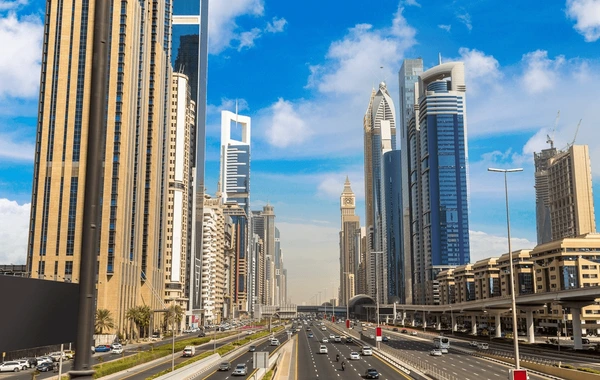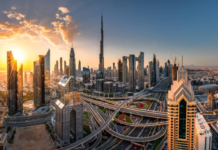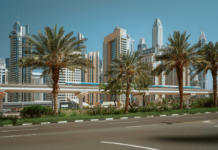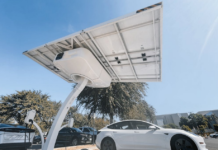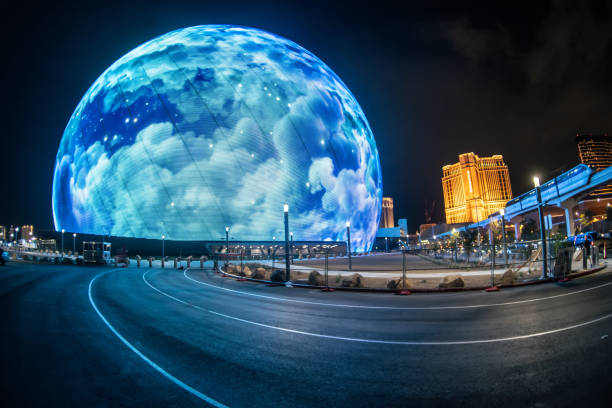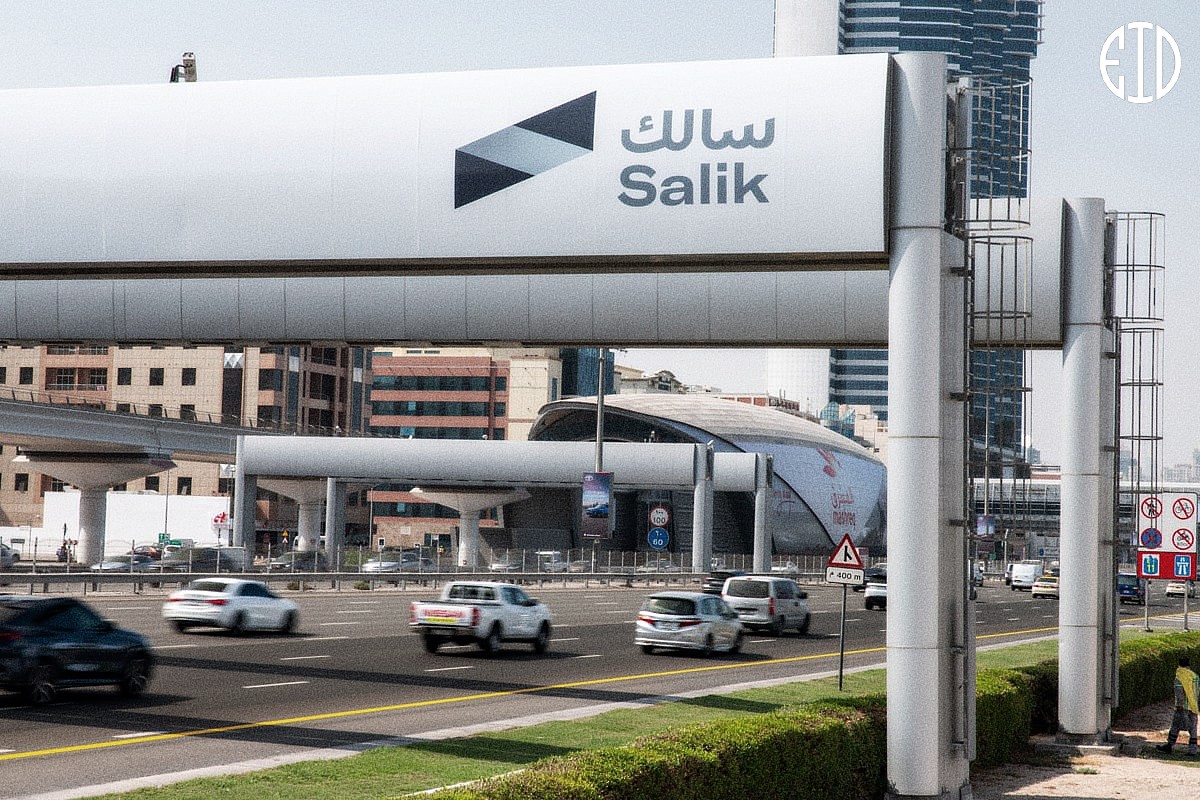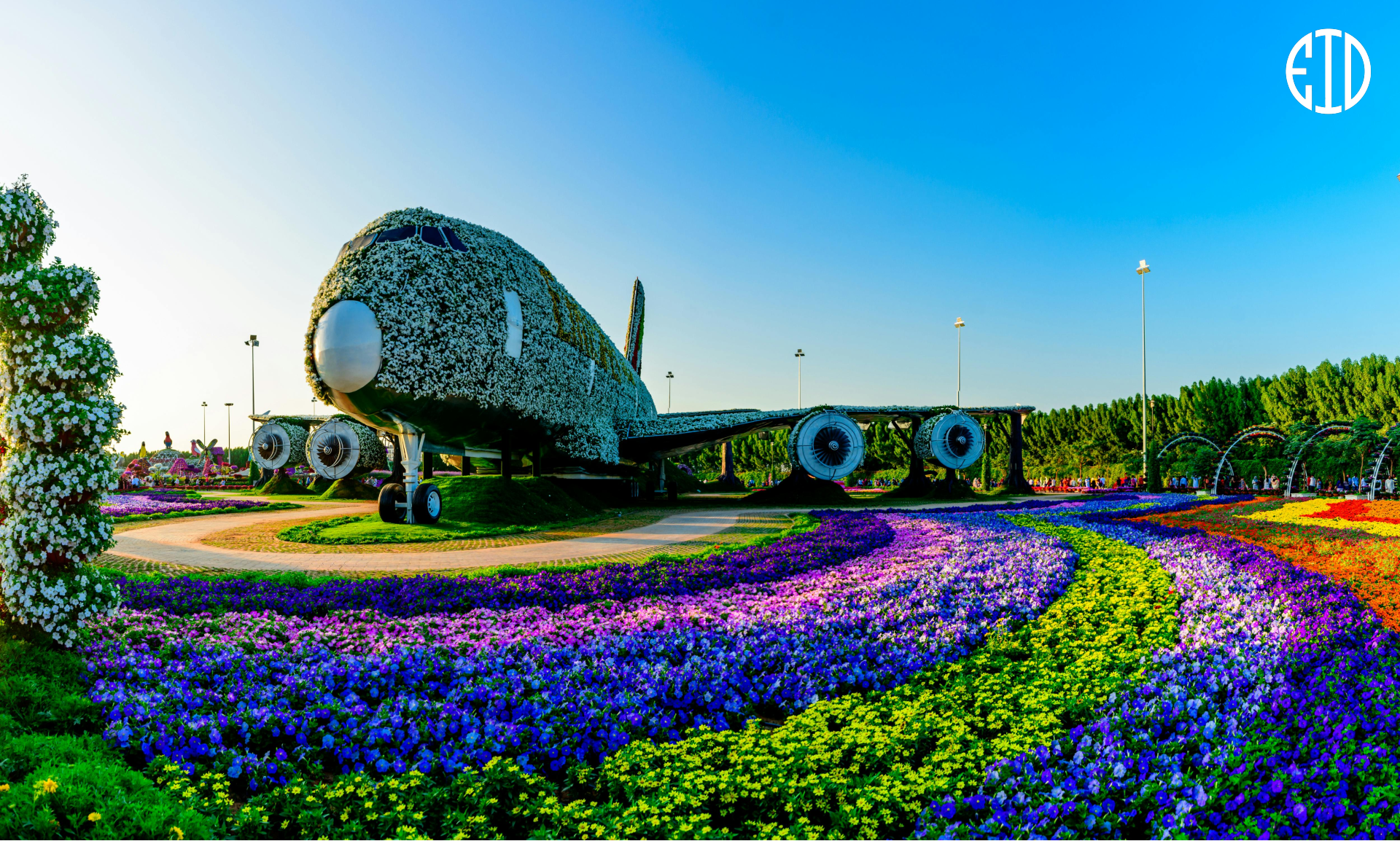Dubai’s Roads and Transport Authority (RTA) has opened two major bridges as part of the Garn Al Sabkha-Sheikh Mohammed bin Zayed Road Intersection Improvement Project. The project aims to reduce journey times and enhance traffic flow at the critical junction.
Improved Traffic Flow and Reduced Travel Times
The first bridge spans 601 meters with two lanes, accommodating 3,200 vehicles per hour. The second bridge, 664 meters long with two lanes, also has a capacity of 3,200 vehicles per hour. These bridges will facilitate traffic flow between Sheikh Zayed Road, Sheikh Mohammed bin Zayed Road, First Al Khail Road, and Al Asayel Street.Upon completion of the project in October, RTA expects a 40% reduction in journey time from Garn Al Sabkha Street to Sheikh Mohammed bin Zayed Road towards Al Qusais and Deira, from 20 minutes to 12 minutes during peak hours. Additionally, motorists coming from Sheikh Mohammed bin Zayed Road heading to Al Yalayes Street towards Jebel Ali Port will experience a 70% reduction in travel time, from 21 minutes to just 7 minutes.
Project Details and Completion
The project includes the construction of a third bridge connecting the junction of Garn Al Sabkha Street with Al Asayel Street. This 943-meter crossing, with two lanes in each direction, is designed to handle 8,000 vehicles per hour.The project also involves improvements to surface intersections on the service road parallel to Sheikh Mohammed bin Zayed Road, as well as upgrades to street lights, traffic signals, stormwater drainage networks, and irrigation systems.In June 2024, RTA inaugurated a 666-meter, two-lane bridge with a capacity of 3,200 vehicles per hour, which contributed to the smooth movement of vehicles by eliminating traffic overlapping from Sheikh Mohammed bin Zayed Road to the service road leading to Jumeirah Golf Estates and Dubai Production City entrances.
Strategic Importance and Future Plans
The Garn Al Sabkha-Sheikh Mohammed bin Zayed Road Intersection Improvement Project is part of RTA’s master plan to develop strategic east-west traffic corridors and arterial roads, such as the recently completed Al Yalayes Street and Expo Street. These corridors support Dubai’s mobility networks, serve many development projects on both sides, and accommodate current and future traffic volumes.


